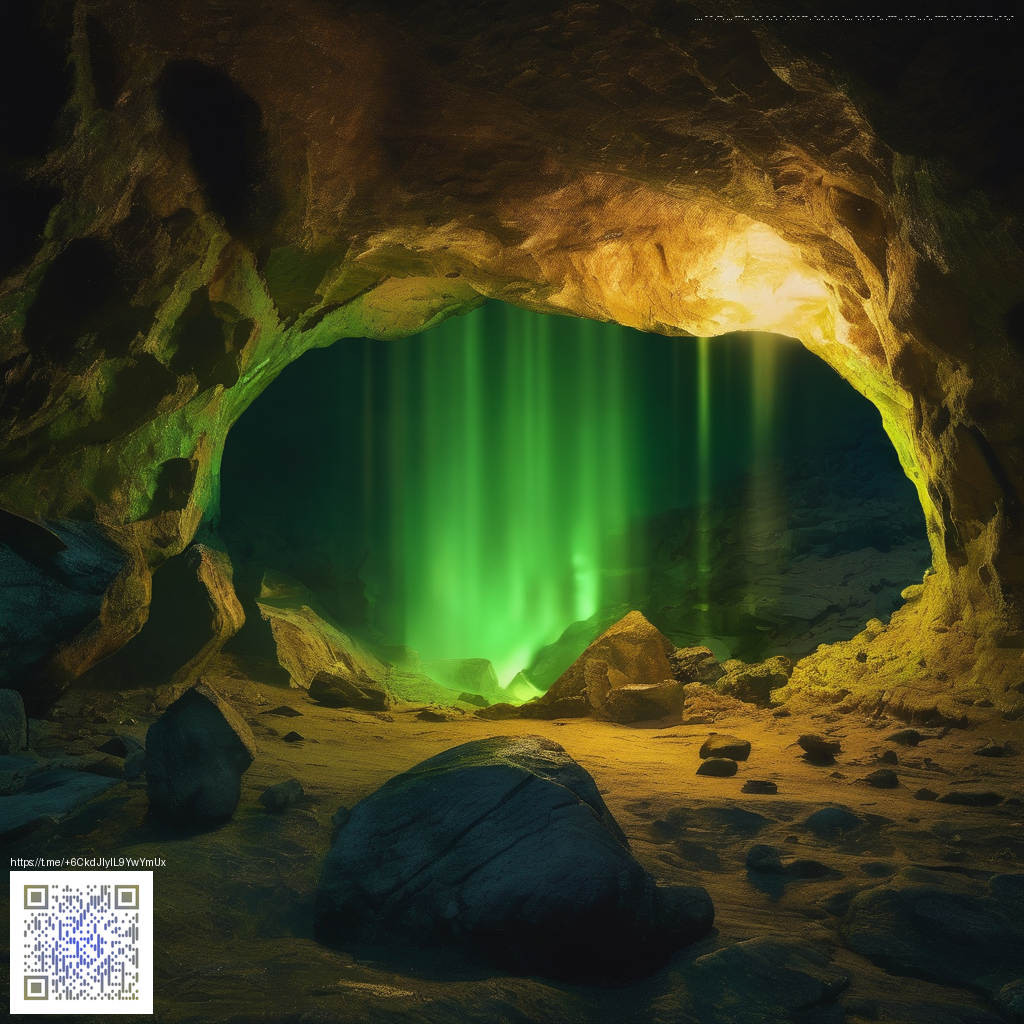
Data source: ESA Gaia DR3
Understanding the Hertzsprung–Russell diagram through a blazing blue giant
In the grand tapestry of stars, the Hertzsprung–Russell diagram is a map that links a star’s surface temperature to its intrinsic brightness. It is a tool that turns color and heat into a narrative about age, fusion, and fate. Today we look at a remarkable data point from Gaia DR3 and let its properties illuminate how astronomers read this celestial chart.
Meet Gaia DR3 6025903373341972736
This blue-white beacon sits about 7,200 light-years from us, a distance that already places it beyond our immediate stellar neighborhood. Its surface blazes at roughly 37,461 kelvin, an intensity that radiates more energy per square meter than any sunlit day on Earth. At the same time, the star's radius is about 6.22 times that of the Sun, meaning it is physically larger than the Sun even though it sits far hotter than the Sun's 5,772 K surface. The combination of a high surface temperature and a sizable radius makes this one of the galaxy’s most luminous hot stars.
From Gaia's measurements, the star's apparent Gaia G-band magnitude is about 14.79. That value is a reminder that how bright a star appears in our sky depends on both its intrinsic power and how far away it is, plus the dust and gas that lie between us. With a distance of over two thousand parsecs, interstellar extinction dimmed the light we receive, so the star does not present itself as a naked-eye beacon despite its enormous power.
What the numbers reveal on the HR diagram
- Temperature and color: A surface temperature near 37,461 K places the star on the hot, blue side of the diagram. In human terms, it would glow blue-white rather than the golden glow of the Sun.
- Size and luminosity: A radius around 6.22 R⊙, paired with the high temperature, yields a luminosity on the order of tens of thousands of suns (roughly 70,000 L⊙ by a simple estimate). This is bright enough to outshine many cooler giants by a wide margin.
- Distance and visibility: At about 2,209 parsecs (roughly 7,200 light-years), this star looks faint from Earth in visible light, illustrating how cosmic dust and distance shift what we see even for extremely powerful stars.
Placed on the HR diagram, Gaia DR3 6025903373341972736 would appear in the upper-left quadrant: hot and luminous. That region is home to hot blue giants and early-type stars that illuminate the structure and evolution of the Milky Way. It’s a picture of a star that burns its fuel incredibly hot and bright, likely in a more advanced phase than a simple main-sequence star, though exact classification would require more data about its surface gravity and chemical composition.
Where in the sky is this beacon?
Its coordinates—right ascension about 252.91 degrees and declination around −34.86 degrees—place it in the southern sky, far from the bustling regions visible from mid-northern latitudes. For observers with a telescope, it is a target worth tracing in the starry map, a point that anchors our understanding of hot, luminous stars scattered across the Galaxy.
Why this star matters for understanding the HR diagram
Stars are not just points of light; they are physical engines. The HR diagram compresses a lot of physics into a two-axis portrait: how hot a star’s surface is, and how bright it would be if you could hold a mirror up to its energy budget. Gaia DR3 6025903373341972736 helps illustrate a precise case where a hot surface meets a relatively large radius, yielding enormous luminosity and a striking blue color. It reminds us that the left side of the diagram is not a mere boundary; it is a laboratory for extreme stellar physics.
“A star’s place on the HR diagram is like its autobiography written in light and heat.”
For readers and stargazers, this example also underscores a practical truth: a star’s brightness in the sky is a story told from three distances — intrinsic energy, how much light is emitted toward us, and how much space lies between us and the star. Gaia’s data keep refining that story, especially when combined with measurements in other wavelengths that cut through dust and reveal hidden details of stellar atmospheres.
Exploring Gaia DR3 6025903373341972736 offers a window into how astronomers use real measurements to place a single star on a universal diagram. It also shows how distance scales transform the beauty we see into a deeper understanding of stellar lifecycles. 🌌
This star, though unnamed in human records, is one among billions charted by ESA’s Gaia mission. Each article in this collection brings visibility to the silent majority of our galaxy — stars known only by their light.